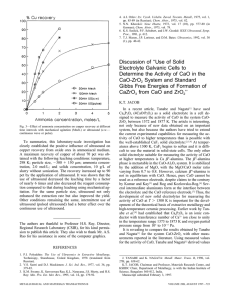Building Consensus among Diverse Stakeholders Unique customer
advertisement
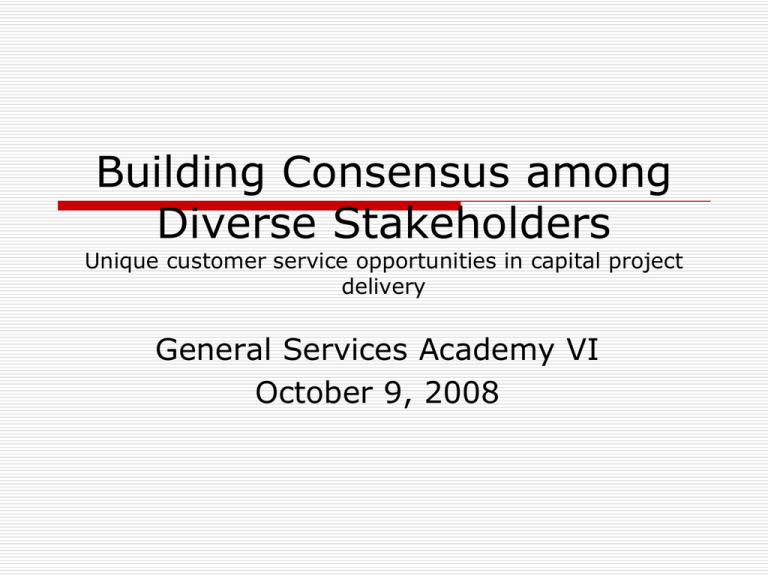
Building Consensus among Diverse Stakeholders Unique customer service opportunities in capital project delivery General Services Academy VI October 9, 2008 Panelists Mike Lango, Contra Costa County Kanon Artiche, Solano County Gerald Leoper, Alameda County Mike Wagner, Sonoma County Moderator: Robert Kambak, Sonoma County Topics Defining the Customer Layers of Approval Defining the Project Public vs Private Sector Measuring Customer Satisfaction Defining the Customers 1 Depends on who you ask Client department User groups Stakeholders CAO “Budgetarians” A lot more stakeholders than customers Building maintenance and operations Defining the Customers 2 Public at large Political interests – public relations Electorate It all rolls up to the electorate Consultants Regulators Contractor – help them be successful Different motivations Defining the Customers 3 Everyone is a customer People that use the building Departments and staff that work in the bldg Size and complexity of the project has different customer groups Developer and or brokers Layers of Approval 1 Funding approval Grants Client agency/user approval Client’s project manager – single contact Critical involvement CAO Feed back from consultants and contractors CEQA/NEPA Layers of Approval 2 Regulatory Agencies – outside Some counties are self regulated Building permits Internal controls and procedures Risk Management Not linear/like a maze Consensus is difficult to pin down Layers of Approval 3 Every county is unique in how they fund and manage capital projects Whoever has the money gets their project Capital improvement plans vs. funding Capital cost vs. operating costs Other jurisdictions (cities, etc) Defining the Project 1 Real asset management plan Total inventory and total life of the project Leased or owned Design and construction Small part of the overall cost, but major impact on service delivery and life cost Needs assessment/master planning Space standards Programming and planning Beware of preconceived solutions Defining the Project 2 Need to consider the big picture – the entire portfolio and county needs Space assignment and use (CAO drives space utilization) Needs vs. wants Sign off by stakeholders at phases Public vs. Private Sector 1 Organization structure Private sector – investors Public sector – constituents Private sector – competition for services (customer has a choice) Public sector – no competition; no choice Permitting process Varies by county More stringent in public sector Public vs. Private Sector 2 Project labor agreements Policy Private = profit; Public = public service Public sector = longer life of facilities Contract award (negotiation vs. bidding) Perception by the public Image (Taj Mahal) Different level of scrutiny Measuring Customer Satisfaction 1 Post project surveys/briefings Post occupancy assessment Regular meetings with customers On budget, ahead of schedule = everyone is happy Quality of project How can it be improved Roof projects – does it leak? quantifiable Measuring Customer Satisfaction 2 Public wants good services delivered in an efficient manner Each customer is different Under promise and over delivery – set realistic expectations Audit meeting 90 days after completion – customer, contractor, designer Lessons learned Website Media reports can affect how the project is judged Wrap Up Where’s my handout? Completed PowerPoint to be posted on CGSA website (www.countygsa.com)




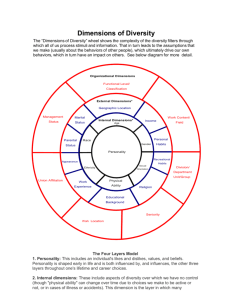
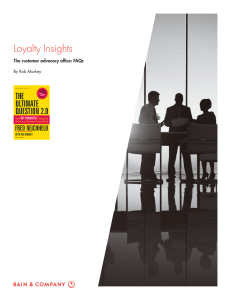
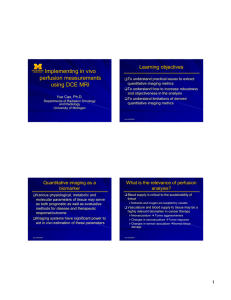
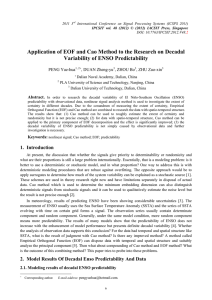


![Measurement of the Ratio of the v [subscript mu]](http://s2.studylib.net/store/data/012101433_1-7ffbdc4c81acdbcbb2b098e9e21b7679-300x300.png)
